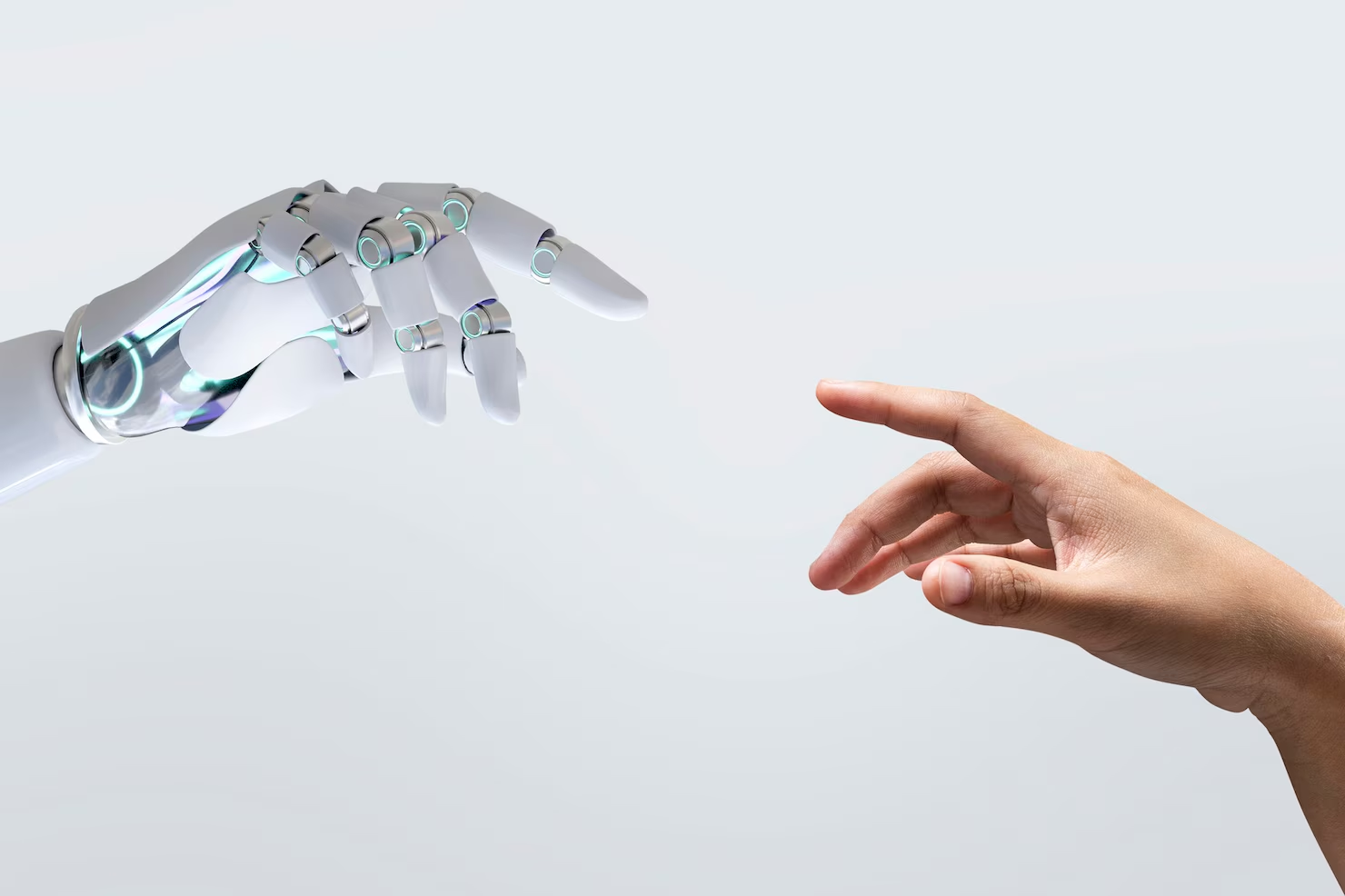
The shift to remote work, accelerated by global events and advancements in technology, has transformed how we work, collaborate, and manage productivity. Artificial Intelligence (AI) is playing a pivotal role in enhancing remote work by offering tools and strategies that streamline workflows, boost productivity, and foster collaboration. As remote work continues to evolve, leveraging AI can help teams and individuals navigate the challenges of virtual work environments more effectively.
AI-Driven Tools for Remote Work
- Intelligent Virtual Assistants AI-powered virtual assistants help manage daily tasks, schedule meetings, and handle administrative duties. These assistants use natural language processing (NLP) to understand and respond to commands, manage calendars, set reminders, and provide relevant information, freeing up time for more strategic work. Example: Tools like Microsoft’s Cortana and Google Assistant can manage calendar events, send reminders, and even draft emails based on voice commands, helping remote workers stay organized and focused.
- Automated Project Management AI-driven project management tools assist in tracking progress, assigning tasks, and managing deadlines. These tools analyze project data to predict potential bottlenecks, suggest resource allocations, and provide real-time insights into project status. Example: Monday.com uses AI to automate task assignments and track project milestones. The platform can predict project delays and recommend adjustments to keep teams on track, enhancing overall productivity.
- Smart Communication Platforms AI enhances communication tools by offering features such as real-time translation, intelligent filtering of messages, and automated responses. These features help remote teams communicate more effectively across different languages and time zones. Example: Slack’s integration with AI tools like the Slackbot helps automate routine tasks, manage notifications, and provide instant answers to common queries, streamlining communication and reducing manual work.
- AI-Powered Collaboration Tools AI-driven collaboration tools facilitate seamless teamwork by offering features such as automated document sharing, smart version control, and real-time collaboration suggestions. These tools help ensure that all team members are aligned and working efficiently. Example: Google Workspace’s AI-powered features, such as smart compose and grammar suggestions, assist remote teams in drafting and editing documents quickly and accurately, improving collaboration and productivity.
Strategies for Boosting Productivity with AI
- Optimizing Time Management AI tools help remote workers optimize their time by analyzing work patterns, suggesting productivity improvements, and identifying time-wasting activities. By providing insights into how time is spent, these tools enable better time management and focus. Example: RescueTime uses AI to track computer activity and analyze how time is spent on various tasks. The tool provides reports and suggestions to help users optimize their work habits and minimize distractions.
- Enhancing Focus and Reducing Distractions AI can help create personalized work environments by recommending techniques and tools to minimize distractions. By analyzing work patterns and environmental factors, AI systems can suggest strategies to improve focus and productivity. Example: Focus@Will uses AI to provide personalized music playlists designed to enhance concentration and reduce distractions. The platform tailors music selections based on individual preferences and productivity patterns.
- Improving Work-Life Balance AI tools support work-life balance by monitoring workload, suggesting breaks, and managing stress levels. By promoting healthy work habits and providing insights into work patterns, AI helps remote workers maintain a balanced and productive lifestyle. Example: Well-being apps like Moodfit use AI to track mental health and well-being, offering personalized recommendations for managing stress and maintaining a healthy work-life balance.
- Facilitating Remote Team Building AI-driven team-building tools help foster collaboration and camaraderie among remote teams. Virtual team-building activities, AI-powered icebreakers, and collaborative platforms create opportunities for team members to connect and build relationships. Example: Donut uses AI to facilitate virtual coffee chats and team-building activities. The platform connects team members for informal interactions, helping to strengthen relationships and enhance team cohesion.
Challenges and Considerations
- Privacy and Security The use of AI tools in remote work involves handling sensitive data, making privacy and security a top priority. Ensuring that AI tools comply with data protection regulations and implement robust security measures is essential to safeguard remote work environments.
- Integration with Existing Systems Seamless integration of AI tools with existing systems and workflows is crucial for maximizing their effectiveness. Organizations must ensure that AI solutions are compatible with current tools and platforms to avoid disruptions and inefficiencies.
- Managing AI Bias AI systems can inadvertently perpetuate biases present in training data. It is important to address and mitigate biases to ensure that AI tools provide fair and unbiased support to all remote workers.
- Training and Adoption Successful implementation of AI tools requires adequate training and support for remote workers. Organizations should provide resources and guidance to help employees effectively use AI tools and adapt to new technologies.
The Future of AI in Remote Work
The future of AI in remote work promises continued innovation and enhancement. Emerging technologies, such as advanced natural language processing, machine learning, and intelligent automation, will further transform how remote work is managed and executed.
Future developments may include more sophisticated AI-driven productivity tools, enhanced virtual reality (VR) and augmented reality (AR) collaboration platforms, and improved personalized work experiences. As AI continues to evolve, its role in remote work will expand, offering new opportunities for optimizing productivity and enhancing the remote work experience.
Conclusion
AI is playing a transformative role in enhancing remote work by offering tools and strategies that boost productivity, streamline workflows, and foster collaboration. From intelligent virtual assistants and automated project management to smart communication platforms and focus-enhancing tools, AI-driven innovations are reshaping how remote teams operate and thrive.
As remote work continues to evolve, leveraging AI responsibly and addressing challenges proactively will be key to unlocking its full potential. By embracing AI technologies and integrating them effectively into remote work environments, organizations and individuals can achieve greater efficiency, collaboration, and success in the digital age.
